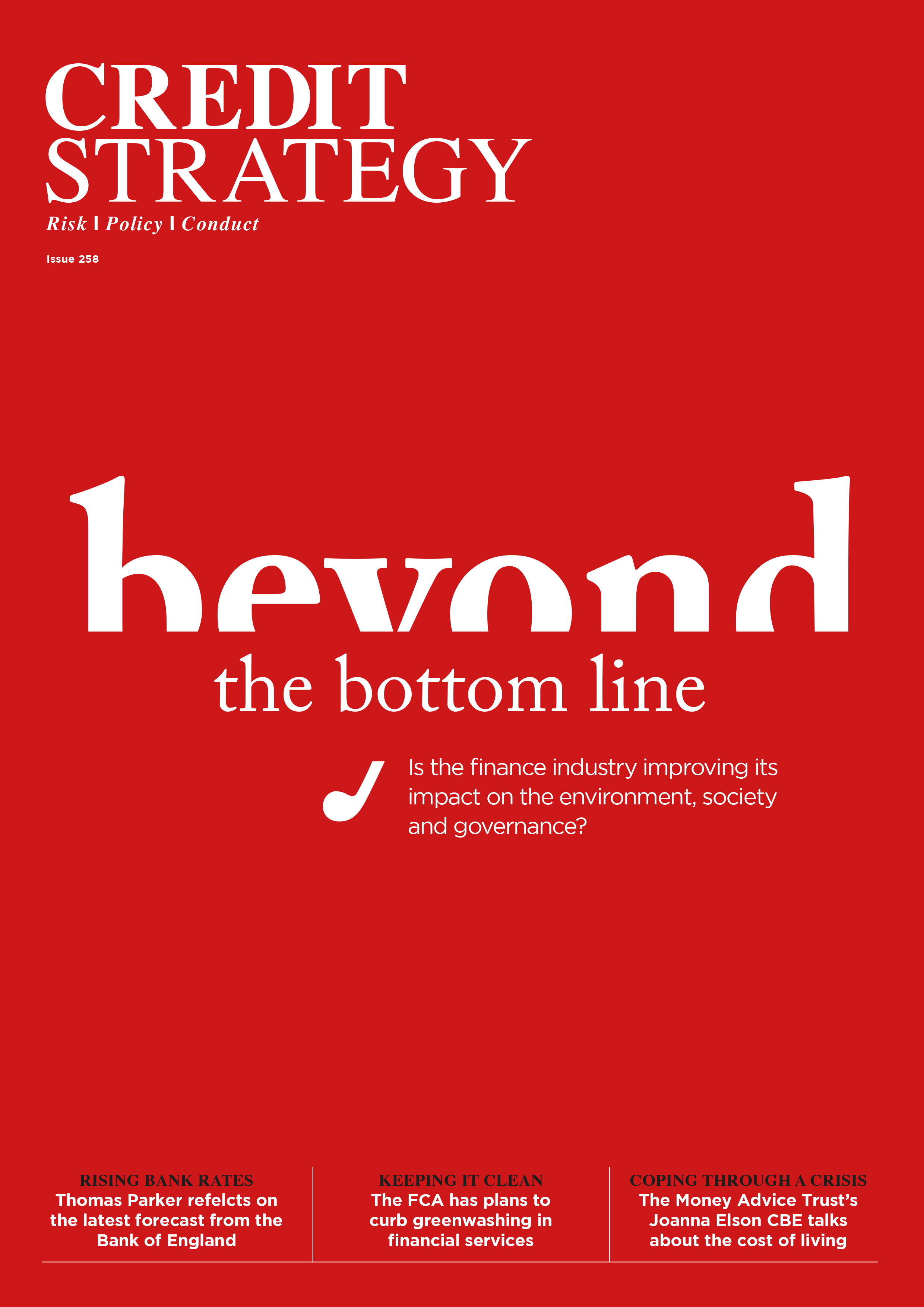Dear visitor,
You're reading 1 of your 3 free news articles this quarter
Register with us for free to get unlimited news, dedicated newsletters, and access to 5 exclusive Premium articles designed to help you stay in the know.
Join the UK's leading credit and lending community in less than 60 seconds.
UK households balancing on financial cliff edge
New insight from over 9.5m Lowell customer accounts reveals nearly as many people in default now as there were at the pandemic peak.

As UK households grapple with the rising cost of living, the latest update to Lowell’s Financial Vulnerability Index (FVI), a tool to that tracks and measures financial resilience across the UK, has shown that households are continuing to borrow and are increasingly falling into debt.
Financial vulnerability is slowly returning to pre-pandemic levels – UK households’ financial health has been improving since the beginning of the COVID-19 pandemic but increases in the cost of living appear to be preventing a quicker return to pre-pandemic levels of financial health.
The share of adults in default is edging up to peak levels seen at the beginning of the
pandemic – The proportion of adults in default has risen to its joint highest level since Q4 2019 as households increase expenditure during the rising cost of living.
Share of adults in default in Q4 2022 rose to 12.6% and has been steadily increasing since Q1 2022.
In addition to this, credit use remains significantly higher than before the pandemic – Credit use has been on a clear rise since the start of the pandemic and remains well above pre-pandemic levels as households continue to borrow, despite rising interest rates, to meet the rising cost of living. The data shows that credit use in Q4 2022 was 52.3%.
Credit use has steadily increased since Q3 2017 and remains well above pre-pandemic levels that were usually below 50%.
John Pears, UK CEO at Lowell, said: “What this new data shows us is a complex picture of financial health in the UK. Overall it might be getting better, but we’re still miles away from where we were before the pandemic. Dive a little deeper and we can see a range of issues bubbling under the surface.
“The decline in overall financial vulnerability is important, but it’s still high. Default rates are rising. We need to think about what we’re doing, at an industry and government level, to improve the country’s financial health over the long term. Topics such as teaching better money management, helping people better understand financial products and destigmatising debt all need to be higher on the agenda.”
Stay up-to-date with the latest articles from the Credit Strategy team
Get the latest industry news






